|
|
I think your question can refer to EN60601-1/IEC60601-1 in 4.10.2.
$ ~1 L# {. S! i' b. g: rPlease correct me if any.
. V+ E; O6 V. h& KThanks, 1 L9 E3 U2 T% \" C- V* A
d8 }6 G. E* @2 T; f3 s& w
For ME EQUIPMENT intended to be connected to SUPPLY MAINS, the following RATED voltages
) _8 C% X) d0 Y1 w/ u6 `# rshall not be exceeded:7 P- ]$ }1 V2 \2 s. r
– 250 V for HAND-HELD ME EQUIPMENT;
! R0 T9 D/ e* Z* K– 250 V d.c. or single-phase a.c. or 500 V polyphase a.c. for ME EQUIPMENT and ME SYSTEMS
, T+ V' K$ o* V# N# k8 S; hwith a RATED input ≤ 4 kVA; or2 Q7 y% V/ }+ m$ z# J
– 500 V for all other ME EQUIPMENT and ME SYSTEMS.
* K2 D; `; `: M0 W8 }1 k( FSUPPLY MAINS in this standard shall be assumed to have the following characteristics:, Z, i1 ~0 [, y1 ~$ D. i
– overvoltage category II for mains transients unless a higher category is specified by the
" \; I+ a( {5 K' HMANUFACTURER;
/ k1 L6 q) |9 V6 {* [+ X– no voltage in excess of 110 % or lower than 90 % of the NOMINAL voltage between any of( {8 ?8 r/ m( J8 X& G+ c; {, f
the conductors of the system or between any of these conductors and earth (see 7.9.3.1);! }7 @( p& ^8 N/ \
NOTE 1 IEC 60601-1-2 contains requirements and tests for voltage dips, short interruptions and voltage, r, z, z/ x/ z( L1 [
variations on the SUPPLY MAINS. See also 1.3.
6 @: N, k$ V: @& x0 _* e( j7 f' t– voltages that are practically sinusoidal and forming a practically symmetrical supply
( Y- D6 B+ x% m/ ?1 _system in case of polyphase supply;" U( p( O" @$ E( a4 B
– a frequency of ≤ 1 kHz;; K$ g, q1 U+ l; a; V `
– a frequency deviation of ≤ 1 Hz from the NOMINAL frequency up to 100 Hz and ≤ 1 % from
4 D2 n Z7 j2 e) o! O1 uthe NOMINAL frequency from 100 Hz to 1 kHz;% Y8 f/ W5 I% F3 z7 Y: f% T
– the protective measures as described in IEC 60364-4-41;) U' |7 y4 Q0 c' U
NOTE 2 If ME EQUIPMENT or an ME SYSTEM is intended to be operated from a SUPPLY MAINS with
( l1 f, I4 c+ n4 c7 c. fcharacteristics different from the SUPPLY MAINS described in this subclause, additional safety measures could
) Q( Q# { ~' V2 Tbe necessary.
. B1 t! n# g3 a) s l4 D% S– a d.c. voltage (as measured by a moving coil meter or equivalent method) having a peakto-
1 ~2 V- B) [1 y }peak ripple not exceeding 10 % of the average value.
" R' ?0 ?" l4 b7 O2 {, k6 FWhere peak-to-peak ripple exceeds 10 % of the average value, the peak voltage has to be# v0 x8 S( c+ Z. S+ A$ B! |
applied. |
|



 窥视卡
窥视卡 雷达卡
雷达卡 发表于 2013-1-31 09:36
发表于 2013-1-31 09:36
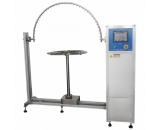

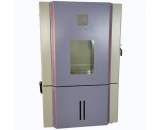

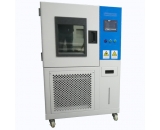

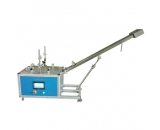

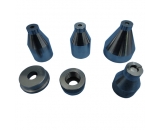






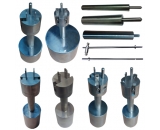
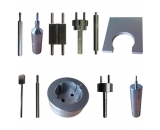
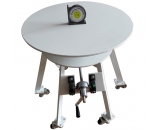
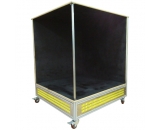

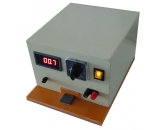
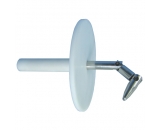

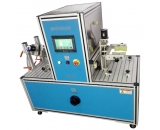
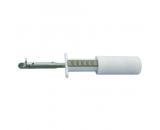
 提升卡
提升卡 置顶卡
置顶卡 沉默卡
沉默卡 喧嚣卡
喧嚣卡 变色卡
变色卡 抢沙发
抢沙发 千斤顶
千斤顶 显身卡
显身卡 楼主
楼主














